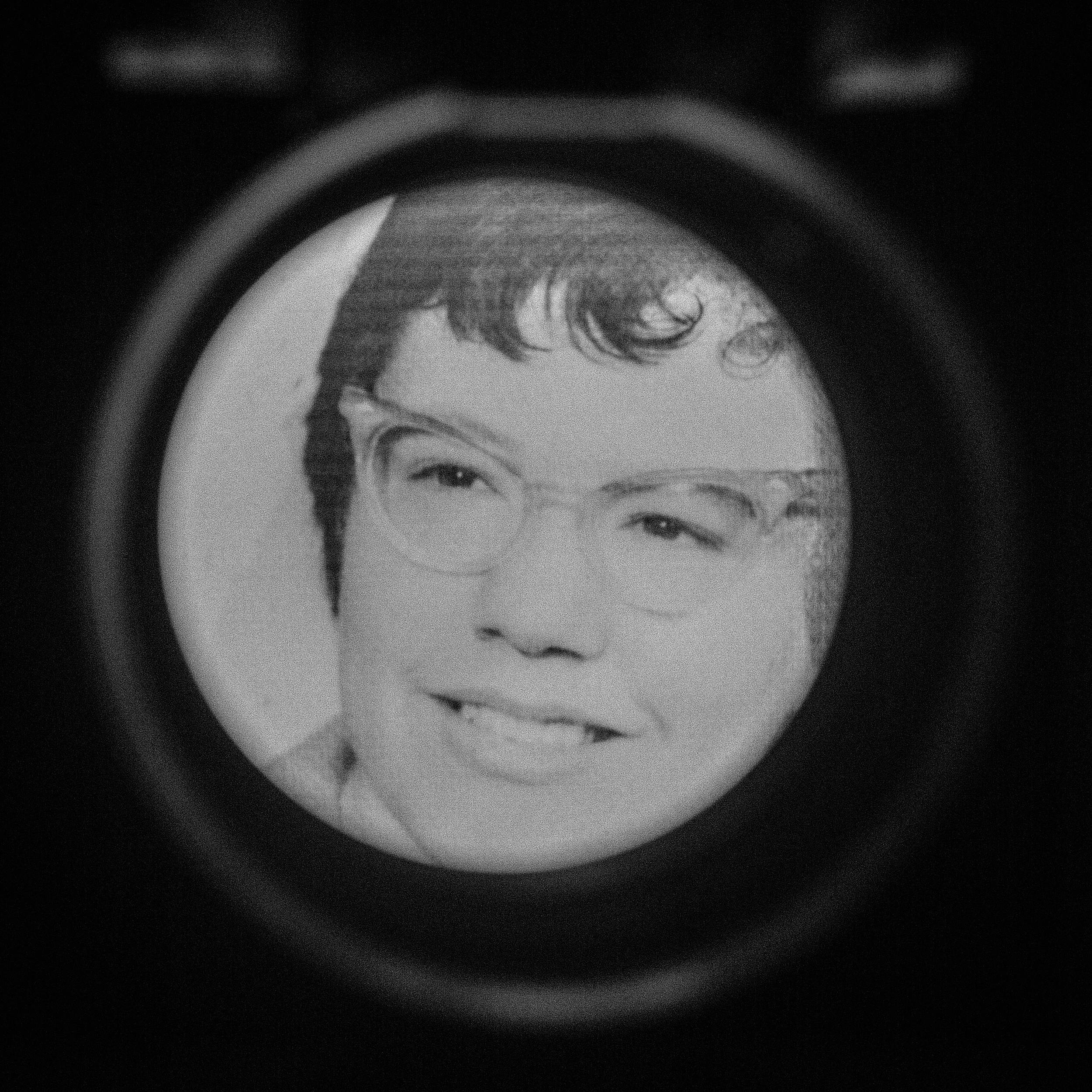Paper Thin Walls























Paper Thin Walls
Multimedia installation: Two channel projection, life casts, analog projectors, men’s shirts, paper, and photography
Xavier College Preparatory - Phoenix, AZ
2013
Through a narrative process I explore the contradictions between public and private, notions of time, memory, and autobiography. Paper Thin Walls is about the complexities of intimate relationships.
How does a private life operate within a relationship? How can public and private, interior and exterior be measured? How do aging, loneliness, and forgiveness look in a collapsed narrative space?
As humans we are used to empathizing on a certain level. It is why advertising works. We imagine ourselves as the people portrayed in advertising images. We all have preconceived ideas about photography and ideas of identity portrayed in them. Photographic images are a large part of our personal and collective memory in the last century. I wanted to acknowledge photography’s great power but also it’s limitations and constraints.
Photography can be very revealing with its voyeuristic glimpses of someone’s private life, it’s ability to authenticate something that no longer exists and to provide a sort of identity in the absence of presence. We see an old photograph of a deceased loved one and we suddenly experience a range of emotions related to that person. “This is my father as a young man,” we say as if we knew him and, maybe, that does become our memory. Autobiography and memory are selective, malleable, and yet constant. We can and do build whole histories based on paper-thin images.
I want viewers to empathize with the photographic images presented but I also want viewers to identify with the idea that the body cannot be suppressed. There is imbrication between public and private life - a family photo and the ferment of personal relationships. This is the space that interests me, a sort of culmination of my interest in the intricate relationship between two people.
I want the viewer to sympathize with the gestures portrayed throughout Paper Thin Walls. I’m asking the viewer to imagine themselves in the same condition or predicament as the figurative sculptural elements throughout the installation. In order to do this the viewer must imagine themselves in the act of washing their hands or see themselves kneeled down. This happens so readily. Humans see and then imagine doing. It is how we have learned and evolved, by seeing and mimicking.
With this installation I’m moving the viewer through decades of an intimate relationship, touching on private actions and looking at how time and memory can change how a relationship is perceived.